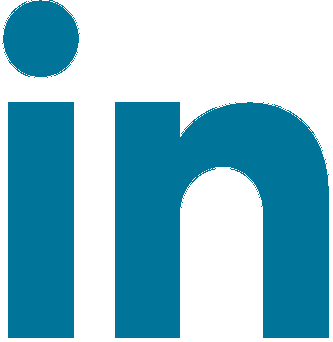Choosing the right Medicare plan can be daunting, given the numerous options available. Many people want to avoid making a wrong choice that they have to live with for a year. The following information, taken from the Medicare.gov website, aims to help you select the best plan for your situation.
**Coverage**
First, let’s compare the insurance coverage provided by Original Medicare (Parts A & B) to that of Medicare Advantage Plans. Each option has various plans, and this comparison serves as a general overview.
Original Medicare covers most medically necessary services and supplies in hospitals, doctors’ offices, and other healthcare facilities. However, Medicare Parts A & B do not cover certain benefits, such as eye exams, most dental care, and routine examinations.
On the other hand, Medicare Advantage Plans cover all medically necessary services that Original Medicare covers. Some of these plans may offer additional benefits that Original Medicare does not, such as vision, hearing, and dental services.
To receive assistance with medication costs under Original Medicare, you must enroll in a separate Medicare Drug Plan (Part D). In contrast, Medicare Advantage plans typically include drug coverage as part of their benefits.
A significant difference between Original Medicare and Medicare Advantage Plans is that, in most cases, services or supplies do not require prior approval under Original Medicare. However, Medicare Advantage Plans often require prior authorization and limit where you can obtain services.
**Choice**
Another key distinction is the choice of healthcare providers. With Original Medicare, you can visit any doctor or hospital that accepts Medicare anywhere in the U.S. In contrast, with Medicare Advantage Plans, you must stay within their designated network of approved facilities for non-emergency care; otherwise, you may incur additional costs.
**Costs**
Your ultimate choice will likely depend on costs. With Medicare Advantage Plans, you pay the monthly Medicare Part B premium, just as you do with Original Medicare, and you may also have to pay an additional premium for the plan. Some plans may have a $0 premium and help cover all or part of your Part B premium. Most Medicare Advantage Plans also include Medicare drug coverage (Part D).
Advantage Plans also have a yearly limit on your out-of-pocket expenses for services covered under Parts A and B. Once you reach your plan’s limit, you won’t owe anything for these services for the remainder of the year. Out-of-pocket costs can vary widely among Medicare Advantage Plans, so it’s important to consider which services you may use regularly and find a plan that matches your needs.
For Medicare Parts A & B, costs can be summarized as follows: You pay a monthly premium for Part B. If you choose to enroll in a Medicare drug plan, you’ll need to pay a separate premium for that coverage (Part D). For services covered under Part B, you typically pay 20% of the Medicare-approved amount after meeting your deductible, which is known as coinsurance.
There is no annual limit on out-of-pocket expenses unless you have supplemental coverage, such as Medicare Supplement Insurance (Medigap). It’s advisable to choose Medigap early because premiums tend to increase as you age. Medigap can assist in covering your remaining out-of-pocket costs (such as your 20% coinsurance). You may also consider using coverage from a former employer or union, or Medicaid.
This information should make it easier for you to compare different plans. For more details on choosing the right option, visit the government’s website for their helpful resources. decision guide.





















